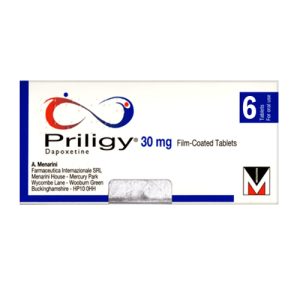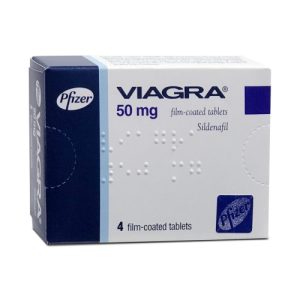Description
Tadalafil is an orally administered drug used to treat male erectile dysfunction (impotence). It is marketed worldwide under the brand name Cialis. It is a phosphodiesterase 5 (PDE5) inhibitor.
Tadalafil’s distinguishing pharmacologic feature is its longer half-life (17.5 hours) compared with Viagra and Levitra (4-5 hours). This longer half-life results in a longer duration of action and is, in part, responsible for the Cialis nickname of the “weekend pill.” This longer half-life also is the basis of current investigation for tadalafil’s use in pulmonary arterial hypertension as a once-daily therapy.
Tadalafil tablets are indicated for the treatment of: erectile dysfunction (ED), the signs and symptoms of benign prostatic hyperplasia (BPH), the signs and symptoms of BPH (ED/BPH).
Cialis was developed to treat erectile dysfunction. Just like Viagra and Sildenafil, Cialis contains a PDE5-inhibitor as the only active ingredient. Men frequently ask us what the difference between Viagra and Cialis is. Both medications essentially work in the same way. The main difference is that Cialis works for up to 36 hours, whereas the effect of Viagra will subside within four hours of swallowing the tablet. Once you have taken Cialis, you will find it easier to gain an erection for up to 36 hours without having to take any additional pills. Cialis is not meant for everyday use. The 10mg and 20mg tablets should not be taken daily. Cialis is licensed in USA and as all other medications, it has been tested to establish that it is clinically safe to take.
Pharmacodynamics
Tadalafil is used to treat male erectile dysfunction (impotence) and pulmonary arterial hypertension (PAH). Part of the physiological process of erection involves the release of nitric oxide (NO) in the corpus cavernosum.
This then activates the enzyme guanylate cyclase which results in increased levels of cyclic guanosine monophosphate (cGMP), leading to smooth muscle relaxation in the corpus cavernosum, resulting in increased inflow of blood and an erection. Tadalafil is a potent and selective inhibitor of cGMP specific phosphodiesterase type 5 (PDE5) which is responsible for degradation of cGMP in the corpus cavernosum.
This means that, with tadalafil on board, normal sexual stimulation leads to increased levels of cGMP in the corpus cavernosum which leads to better erections. Without sexual stimulation and no activation of the NO/cGMP system, tadalafil should not cause an erection.
Mechanism of action
Tadalafil inhibits the cGMP specific phosphodiesterase type 5 (PDE5) which is responsible for degradation of cGMP in the corpus cavernosum located around the penis. Penile erection during sexual stimulation is caused by increased penile blood flow resulting from the relaxation of penile arteries and corpus cavernosal smooth muscle.
This response is mediated by the release of nitric oxide (NO) from nerve terminals and endothelial cells, which stimulates the synthesis of cGMP in smooth muscle cells. Cyclic GMP causes smooth muscle relaxation and increased blood flow into the corpus cavernosum. The inhibition of phosphodiesterase type 5 (PDE5) by tadalafil enhances erectile function by increasing the amount of cGMP.
Side effects
All medicines may cause side effects, but many people have no, or minor, side effects.Some medical conditions may interact with Tadalafil.
Tell your doctor or pharmacist if you have any medical conditions.
Common tadalafil side effects may include: headache, flushing (warmth, redness, or tingly feeling), nausea, upset stomach, stuffy nose; or muscle pain, back pain, pain in your arms or legs.
This is not a complete list of all side effects that may occur. If you have questions about side effects, contact your health care provider.






Reviews
There are no reviews yet.